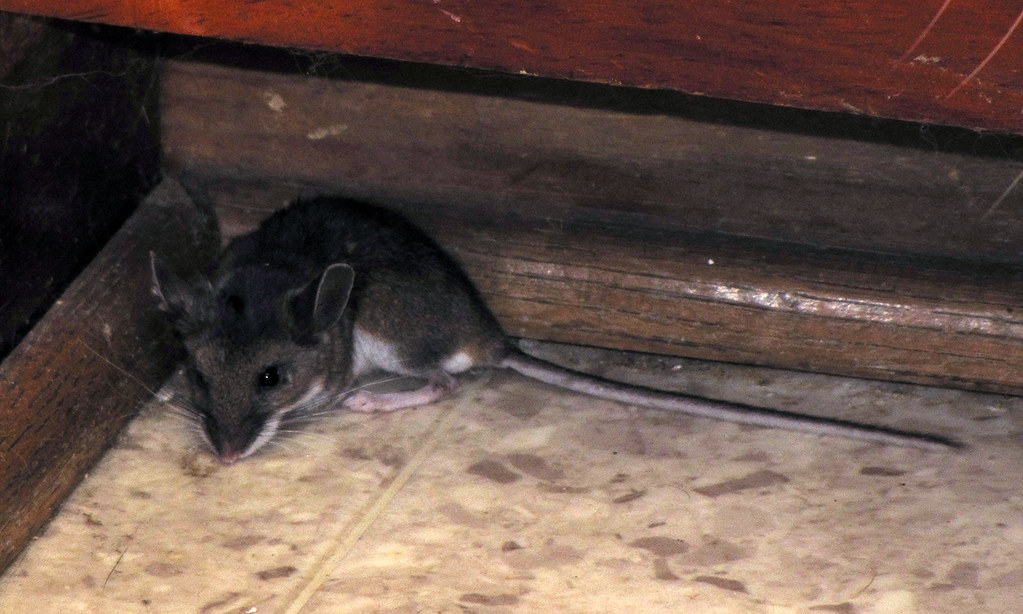Mice can be a significant nuisance when they invade crawl spaces and attics. Understanding their characteristics, appearance, and habits can help you address these problems effectively. Below is a comprehensive guide to dealing with mice in these challenging areas.
Mice are small rodents with distinctive features that make them identifiable. They typically have a gray or brown coat, large ears, and a long, thin tail. Their size and agility allow them to enter small spaces easily. Understanding these characteristics can help spot and control infestations.


Feeding Habits of Mice
Mice are opportunistic feeders. They primarily eat grains, seeds, and fruits but will consume various human foods if available. They may find pet food, stored goods, or even insulation materials in crawl spaces and attics. Their feeding habits often lead them to leave droppings and gnaw marks, which are clear signs of their presence.Living Habits
Mice are nocturnal creatures, meaning they are most active during the night. They prefer dark, secluded areas where they can build nests and stay hidden. Crawl spaces and attics are ideal for them because these areas provide the darkness and isolation they seek. Mice can squeeze through very small openings, making it crucial to seal any gaps or cracks.Dos and Don’ts When Dealing with Mice
Dos- Inspect regularly: Check crawl spaces and attics for signs of mice, such as droppings and scratch marks.
- Seal entry points: Mice can squeeze through tiny gaps. Use steel wool or caulk to seal holes in walls, floors, and around pipes.
- Set traps: Place traps where you see signs of mice, along walls, and near entry points.
- Keep areas clean: Eliminate food sources and clean up spills immediately—store food in airtight containers.
- Use rodenticides carefully: If using poison, follow instructions and keep it out of reach of pets and children.
- Don’t ignore minor signs: A few droppings indicate a more significant problem. Address any signs of mice promptly.
- Don’t use harmful chemicals indiscriminately: Avoid using chemicals in areas where pets or children might come into contact.
- Don’t leave food exposed: Mice are attracted to accessible food sources. Keep all food sealed and stored correctly.
- Don’t overlook small holes. Mice can fit through surprisingly small spaces, so make sure to seal even the smallest gaps.
- Don’t rely solely on diy methods: Severe infestations may require professional pest control services.
Myths and Facts Mouse
| Myth | Fact |
| Mice Only Come Out at Night | While nocturnal, mice may come out during the day if their nest is disturbed or food is scarce. |
| Mice Only Infest Dirty Homes | Mice seek food and shelter, so even clean homes can experience infestations if there are entry points. |
| One Mouse Means a Small Problem | A single mouse often means others are nearby, as they breed rapidly and live in groups. |
| Ultrasonic Repellents Are Effective | They are not consistently effective and should be used in conjunction with other control methods. |
| Mice Can’t Climb Walls | They can climb and explore vertical surfaces, making them capable of reaching high places like attics. |




